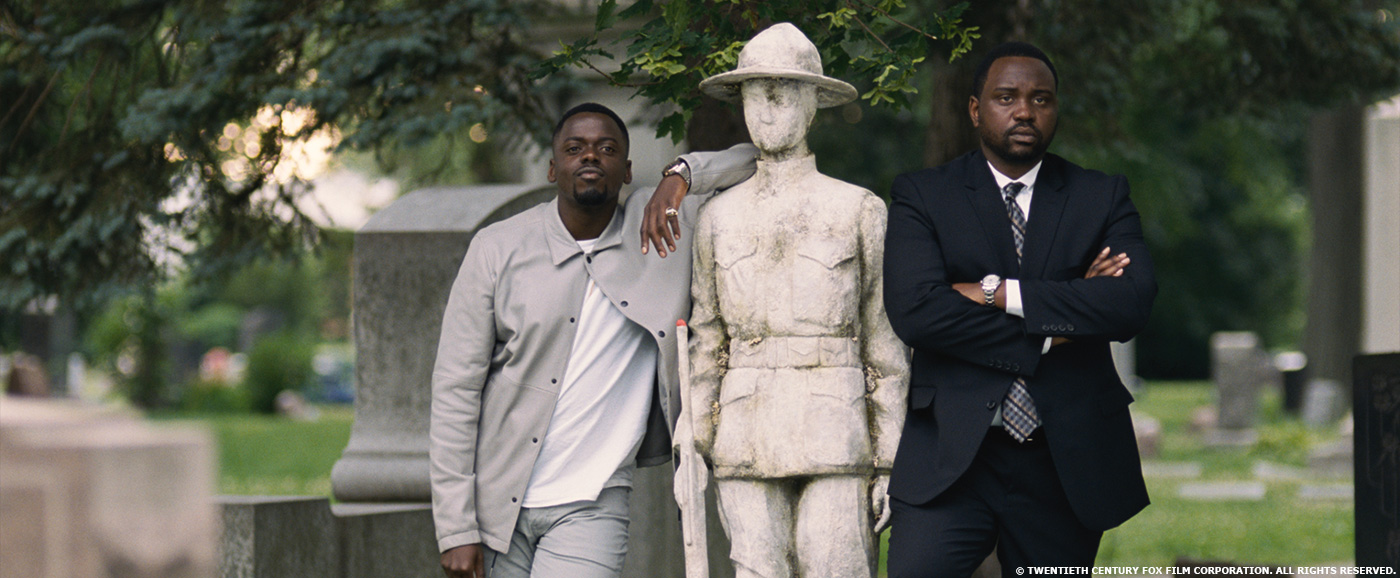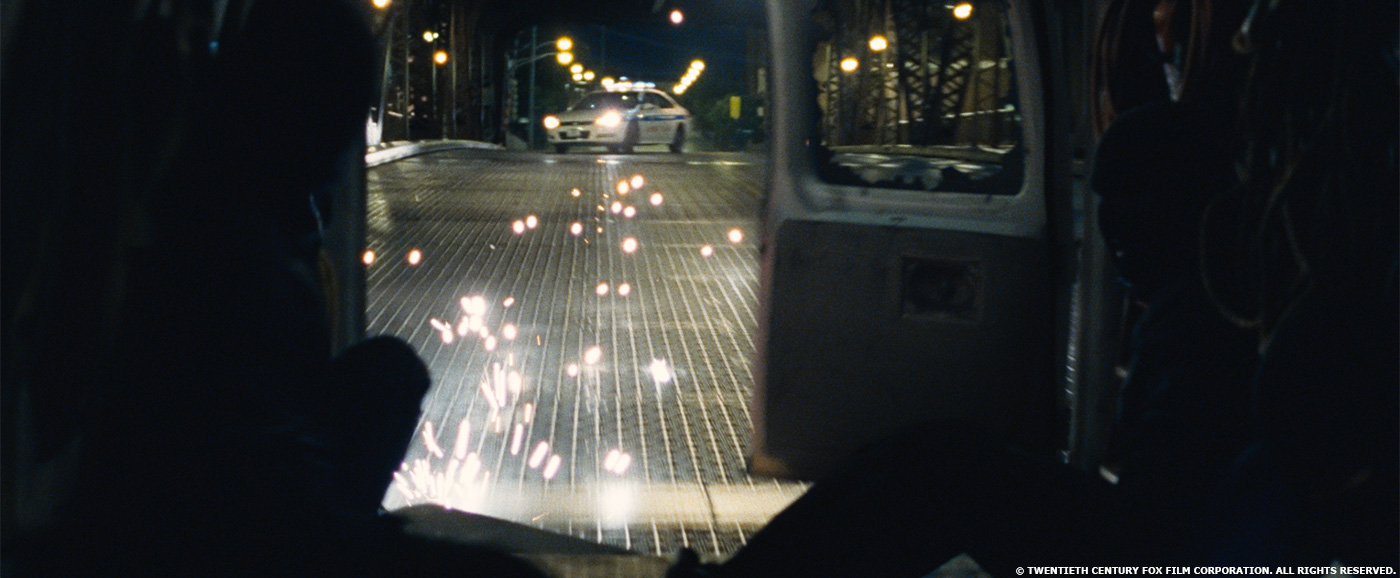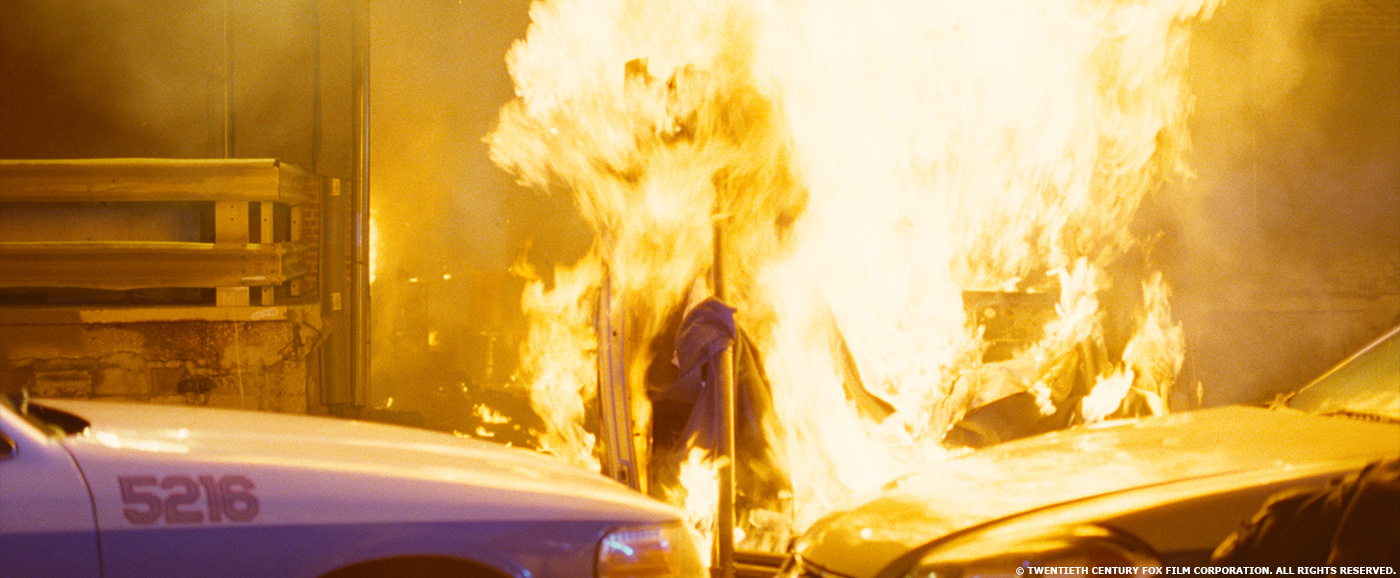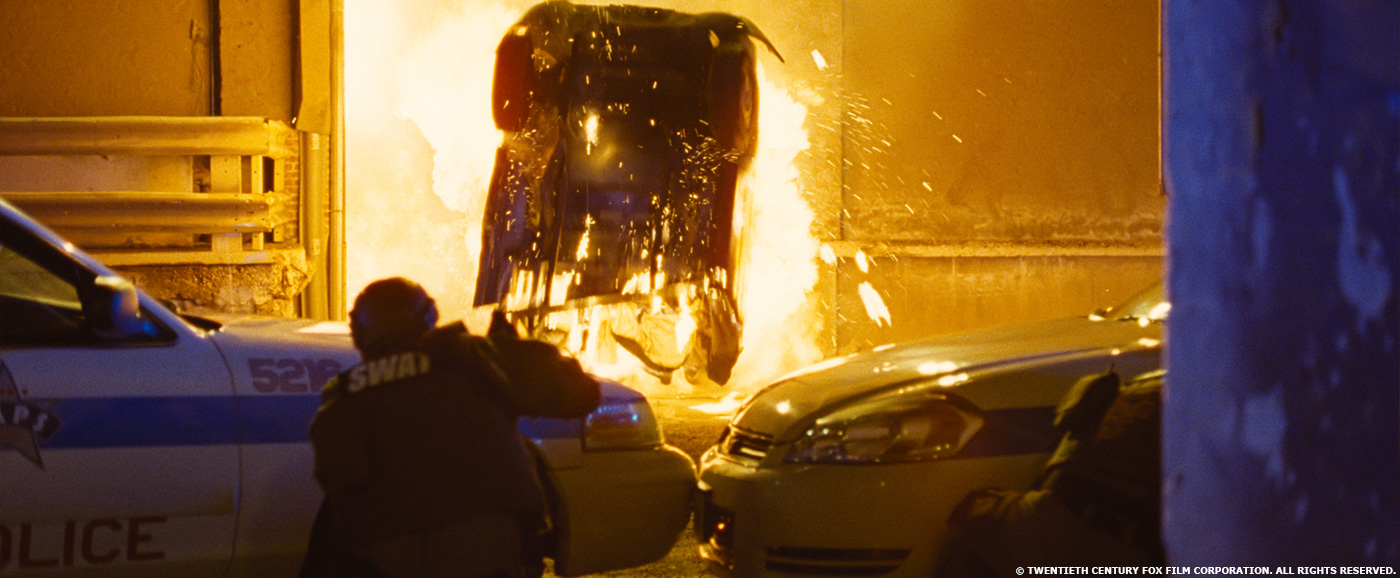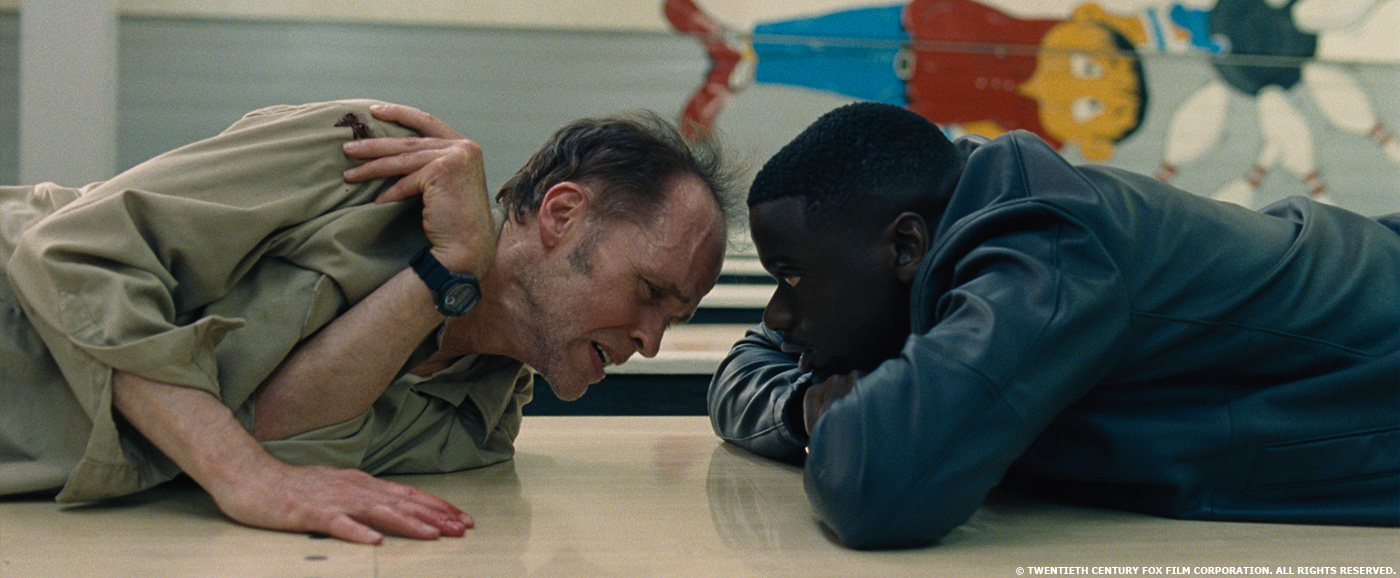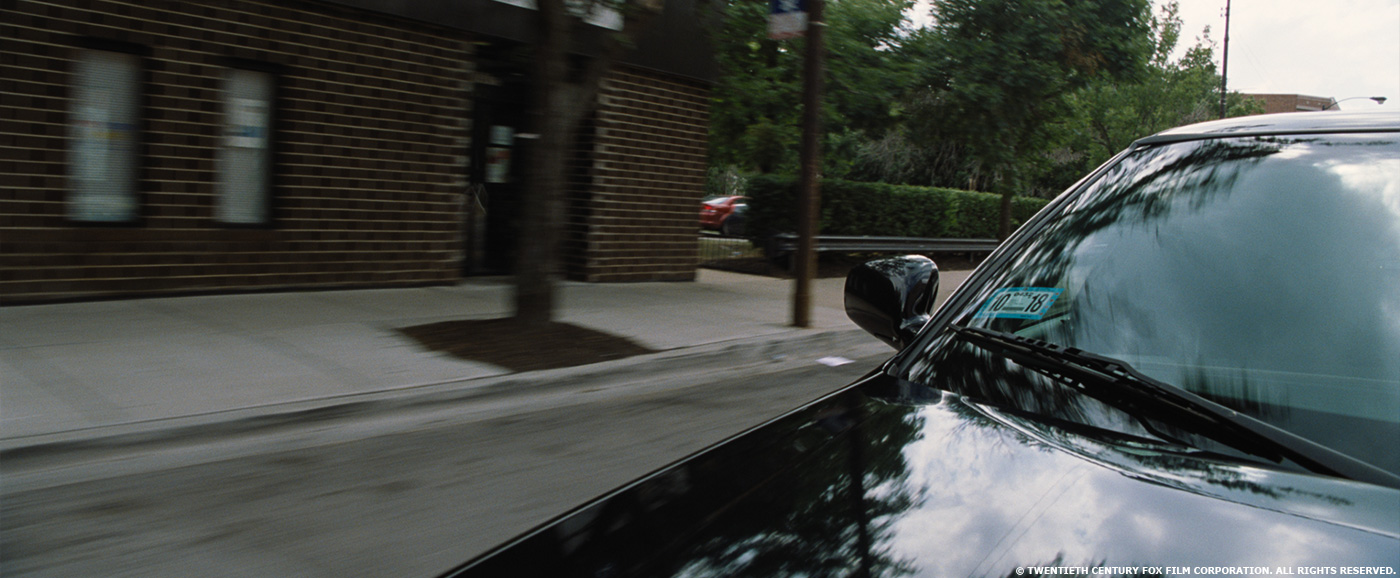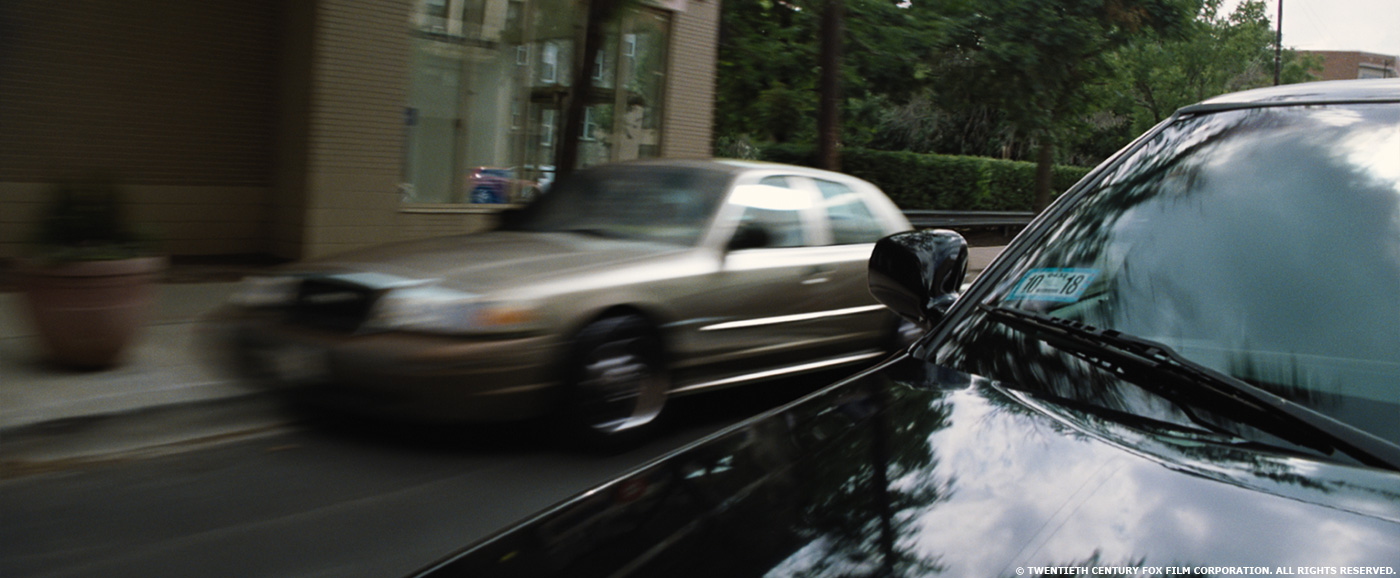Lars Andersen began his visual effects career in 2011 at Cutting Edge. He works on many films such as I, FRANKENSTEIN, PREDESTINATION and THE AGE OF ADALINE. He joined One of Us in 2016 and takes care of the effects of films like LIFE and THE CURRENT WAR.
What is your background?
I started my career in VFX in 2011 as a Compositor for Cutting Edge, Australia, working in both advertising and film. For five years I worked across both their Sydney and Brisbane offices in multiple roles, running teams and working in pipeline. Three years ago I moved to London and joined the One Of Us team as a VFX Supervisor.
How did you and One Of Us get involved on this show?
Early on in production, New Regency were looking for a Supervisor to go out to Chicago to join the crew on the initial location recces. At the time I was supervising another job, but it was decided that I would head to Chicago to at least fill in for the recce. I spent a week there driving around Chicago and meeting with the team, after which it was decided that it would be best if I was on set, on and off, to cover the bigger VFX moments.
How was the collaboration with director Steve McQueen?
It was a real pleasure working with Steve. He was very supportive and present throughout post, at times even coming around and chatting with the artists. This went a long way in helping the team feel involved, and understand what we were all trying to achieve.
It was also wonderful to work with Steve’s team, who he has collaborated with on multiple films. During post we got to spend time with, and got input from, Joe Walker (Editor), Javier Marcheselli (VFX Editor) and Mary Lukasiewicz (First Assistant Editor). Javier in particular has a great amount of experience in VFX after working on ARRIVAL and BLADE RUNNER 2049 and was a good sounding board as problems arose throughout production.
What was his expectations about the visual effects?
Steve’s main expectation was that everything looked real and was grounded in reality and research. This at least was the starting point, after which we would refine and augment to assist the aim of each sequence.
How did you organize the work with your VFX Producer?
It was nice to have Ali Griffiths, an in house producer at One Of Us, filling the role of VFX Producer. I have worked with Ali many times before, which helped everything run very smoothly.
What was your approach for the long continuous shots inside and around the cars sequences?
On set my main aim was to get as much data as possible to help the matchmove team get the best solves they could. We made sure that everything lined up and was ready for comp to start doing the stitches.
How were those kind of shots filmed?
It was amazing to watch those shots being filmed. Long nights out on Chicago streets with lots of practice FX and stunts, helping ground everything in reality and reduce the VFX requirements.
Can you explain in detail about your work on the long opening shot inside the van?
The three moments we come back to the van were all very different in regards to VFX work. The first required bullet holes, breaking glass and sparks to make it work. The second had 2 full CG doors, broken glass and sparks. And the last requires a fully new camera move and rebuilt background to get rid of the centre section of the shot, to speed everything up.
How did you work with the SFX and stunt teams?
I was very lucky to get to work closely with Michael Gaspar (SFX) and Doug Coleman (Stunts). Both were extremely helpful in getting me the elements I needed and listening to any concerns I had during shooting. I was very excited as well that most things were approached from a very practical direction and ideally wouldn’t require much in the way of VFX. This let us have a very firm grounding in reality if we needed to add anything during post.
There is a big explosion inside a hangar. How did you extend it?
This explosion for the most part was all SFX, created by Michael Gaspar and his team. All we did he was some very tricky clean up and very small patch of extra fire to help in hiding a section of rig.
Many times we discover Chicago through the windows of beautiful apartments. How did you create these vistas?
We were lucky that these vistas were not VFX. These apartments are real locations looking out over the Chicago skyline, that only required minimal cleanup.
The final car chase ends with an accident. Can you tell us more about your work on this shot?
Before this was shot we put together some previs to help understand how we would approach it. In the end it was shot as multiple plates and passes to try and keep everything achievable in comp. In the end as the shot developed we ended up building a 3D model of Daniel to be able to have more control over his movement. We used this to create more intense impact and get him into the right position at the end of the shot to work with the final shot in which we see him; neck broken against the steering wheel. With the addition of some 2D smoke and dust elements and FX glass smash elements, the shot came together really quickly in comp. Once again it was the work of Michael Gaspar that helped, giving us a lot of practical elements to build the shot with.
The final shot of Jatteme, dead against the steering wheel, was also interesting to piece together. It was one of the very few green screen shots in the film, that was part of a reshoot as we were in post. It was a process of working up a lot of concepts and working with Javier in editorial to get something that clearly displayed that he was dead, without feeling overboard.
What was the main challenge on the show and how did you achieve it?
I think one of the most challenging things on WIDOWS was some of the research we had to do to help understand how different moments would play. This was obviously the case with anything the involved wounds and blood. We had conversations with a trauma specialist to understand how the stabbings and gun wounds would look. It was difficult to find that fine line where the blood would be grounded in reality, but strong enough to read and have the impact it needed. We ended up doing our own blood shoot to get the elements we required to sell these moments.
I think at times some of these sequences were also hard to work on, simply due to their content. Marcus being shot in the car was a difficult thing to keep coming back to, but was important to really get right, and tell the brutality and truth of that moment.
Which sequence or shot was the most complicated to create and why?
The most difficult sequence by far was the Bowling Alley stabbing sequence. This group of shots were the first ones we started and ultimately some of the last we delivered. It was making sure that all the added blood felt real and worked realistically. We also used smartVectors in Nuke extensively to make sure that extra blood we added tracked. Even going as far at times as to do an object track, unwrap the plates texture on this geo, smartVector into this and wrap back onto the moving geo to really lock it in and make sure we were getting the folds in the cloths.
Is there something specific that gives you some really short nights?
It was tech checking on this show that gave myself, Jacopo Landi (Comp Sup) and at times the crew late nights. I went into WIDOWS wanting to make sure the standard of our work was as high as possible, to make sure that no moment of our work would stand out against the surrounding film. WIDOWS was shot on 35mm film, so this made it even more important to retain the integrity of grain and range in the plates. Due to the turnaround and number of shots, this kept us working constantly up until delivery.
Is there any other invisible effects you want to reveal to us?
There is a long take where Jack Mulligan is being driven from his speech about AWOW back to his fathers mansion. This shot was originally around a minute longer and wasn’t sitting well in the cut. We spent a few weeks working out how to stitch the shot and remove the excess time. This is a nice example of a lot of the work we did on WIDOWS, assisting editorial to tie shots together or slightly augment moments to work better. We approached these with a great deal of care, in the hope that they will never be noticed.
What is your favourite shot or sequence?
One of my favourite shots in WIDOWS is one we did very little work on. During Harry’s funeral Jatemme waves at Siobahn, before pulling out his gum and sticking it to the edge of a statue. We made the gum a more vibrant colour of pink. This is such a wonderful moment, and a small touch helped it read even better.
What is your best memory on this show?
We had a very strong and close team working for 7 months on WIDOWS. I think my fondest memories was sitting back late at night with the crew, listening to music and having dinner together. Also watching some of the more junior artists develop and deliver some outstanding work.
How long did you work on this show?
I worked on WIDOWS from around March 2017 until August 2018.
What’s the VFX shots count?
350. Not including around 19 omits.
What was the size of your team?
At it’s peak the team was around 33 people. We were in post for about 7 month, so it was a few months before we ramped up fully.
What is your next project?
I’m currently working with Jonathan Glazer on his next two projects.
What are the four movies that gave you the passion for cinema?
I was a STAR WARS kid, so I think it most likely started there. Beyond that, I would say BRAZIL (Terry Gilliam), THX 1138 (George Lucas) and HOLY MOUNTAIN (Alejandro Jodorowsky).
A big thanks for your time.
WANT TO KNOW MORE?
One of us: Dedicated page about WIDOWS on One of Us website.
© Vincent Frei – The Art of VFX – 2018

